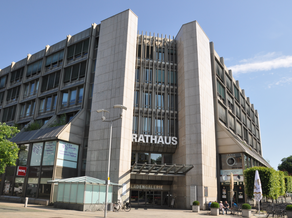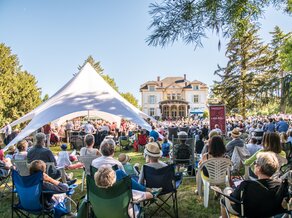Behavior during thunderstorms
How to behave correctly,
when it thunders and flashes:
Outdoors:
- Avoid elevated places and objects such as trees or towers. By the way: Contrary to an old saying, lightning strikes all types of trees
- Keep your distance from other people and objects because they are at risk of being struck
- Crouch down with your feet together, keep your arms close to your body and bend your head forward
Buildings with lightning conductors offer good protection. Nevertheless, in houses
- do not come into contact with metal cables that lead into the building from outside and are not properly earthed
- do not bathe or shower
- do not use unprotected telephone systems
- do not use elevators, as there is a risk of getting stuck
The metal bodywork of vehicles forms a so-called Faraday cage that protects the occupants. Nevertheless, increased caution is required: Heavy rain or hail can impair visibility, electronic traffic guidance signals such as traffic lights can fail. Adapt your driving style to the conditions or pull into a parking lot and wait until the storm has passed.
If you are surprised by a thunderstorm while exercising outdoors and there is no possibility to quickly seek shelter in a building
or a vehicle quickly, remember:
- On golf courses, stop play immediately
- If playing ball games on a field, seek safe shelter
- Put objects such as sticks or sports equipment out of your hands
- Plan ahead for water sports due to the particular dangers involved. Leave the water and the shore area as soon as a thunderstorm approaches




